Advancements in Sensor Technology
The Sensor Testing Market is significantly influenced by rapid advancements in sensor technology. Innovations such as miniaturization, enhanced sensitivity, and the development of smart sensors are reshaping the landscape of sensor applications. As sensors become more sophisticated, the need for comprehensive testing solutions that can validate their performance and reliability becomes paramount. The market for smart sensors is anticipated to grow at a compound annual growth rate of over 20%, indicating a robust demand for effective testing methodologies. This trend compels companies within the Sensor Testing Market to adopt cutting-edge testing technologies that can keep pace with the evolving sensor capabilities, ensuring that products meet the required performance standards.
Emergence of Smart Cities and Infrastructure
The Sensor Testing Market is poised for growth due to the emergence of smart cities and the increasing investment in smart infrastructure. As urban areas evolve to incorporate advanced technologies, the demand for sensors that monitor various parameters such as traffic, air quality, and energy consumption is on the rise. This trend is reflected in the projected investment of over 1 trillion dollars in smart city initiatives by 2025. Consequently, the need for reliable sensor testing solutions becomes critical to ensure that these sensors function optimally within complex urban environments. The Sensor Testing Market stands to benefit from this trend, as municipalities and private entities seek to implement effective testing protocols to support the deployment of smart technologies.
Growing Adoption of Wireless Sensor Networks
The Sensor Testing Market is witnessing a growing adoption of wireless sensor networks (WSNs), driven by the increasing need for real-time data collection and monitoring across various applications. WSNs facilitate seamless communication between sensors, enabling efficient data transmission without the constraints of wired connections. This trend is particularly evident in sectors such as agriculture, healthcare, and smart cities, where the deployment of WSNs enhances operational efficiency. The market for wireless sensors is projected to reach 20 billion dollars by 2025, underscoring the importance of effective sensor testing to ensure the reliability and accuracy of these networks. As organizations increasingly rely on WSNs, the demand for robust testing solutions within the Sensor Testing Market is expected to rise correspondingly.
Rising Demand for Automation in Manufacturing
The Sensor Testing Market is experiencing a notable surge in demand for automation within manufacturing processes. As industries strive for enhanced efficiency and reduced operational costs, the integration of automated sensor testing solutions becomes increasingly vital. This trend is underscored by the projected growth of the automation sector, which is expected to reach a valuation of approximately 300 billion dollars by 2026. Consequently, manufacturers are investing in advanced sensor testing technologies to ensure the reliability and accuracy of automated systems. This shift not only streamlines production but also minimizes human error, thereby enhancing overall product quality. The Sensor Testing Market is thus positioned to benefit significantly from this growing inclination towards automation, as companies seek to implement robust testing protocols that align with their automation strategies.
Increasing Focus on Safety and Compliance Standards
In the Sensor Testing Market, there is an escalating emphasis on safety and compliance standards across various sectors, including automotive, aerospace, and healthcare. Regulatory bodies are continuously updating guidelines to ensure that sensors meet stringent safety requirements. For instance, the automotive sector is witnessing a rise in the adoption of advanced driver-assistance systems (ADAS), necessitating rigorous sensor testing to comply with safety regulations. The market for automotive sensors alone is projected to reach 30 billion dollars by 2025, highlighting the critical role of sensor testing in meeting compliance standards. This focus on safety not only drives demand for sensor testing solutions but also encourages innovation in testing methodologies, thereby propelling the Sensor Testing Market forward.

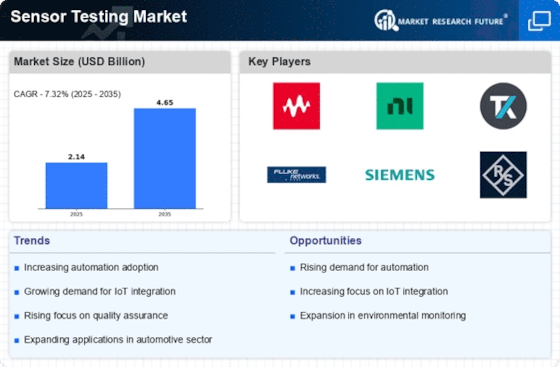
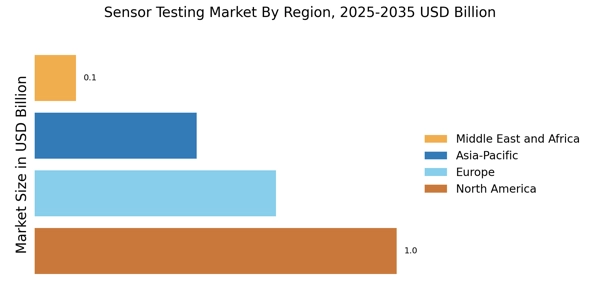
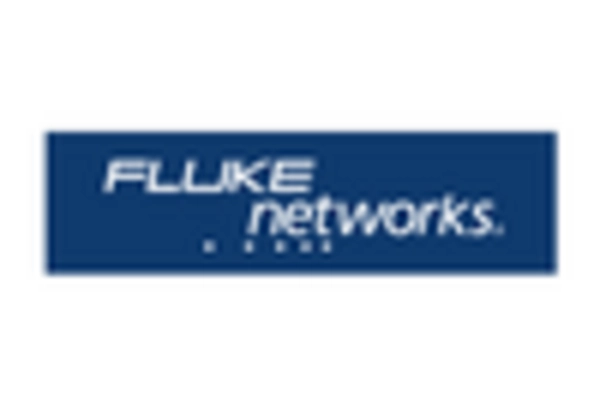
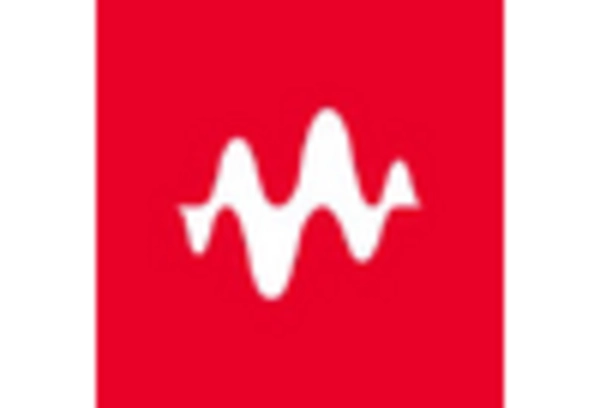
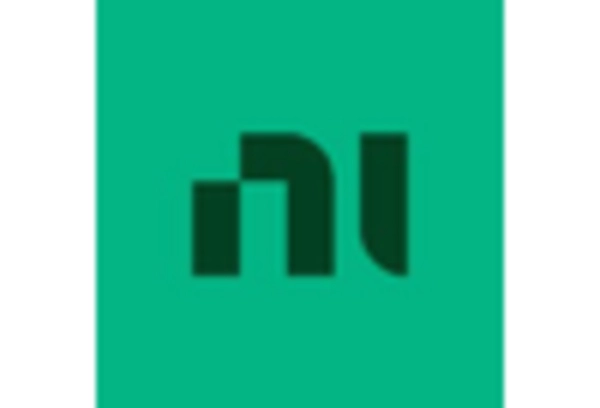
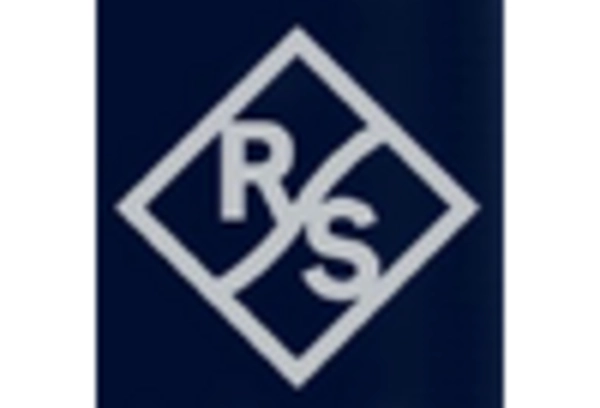

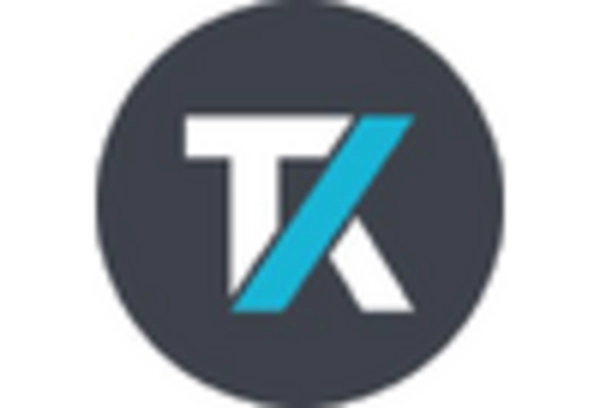








Leave a Comment